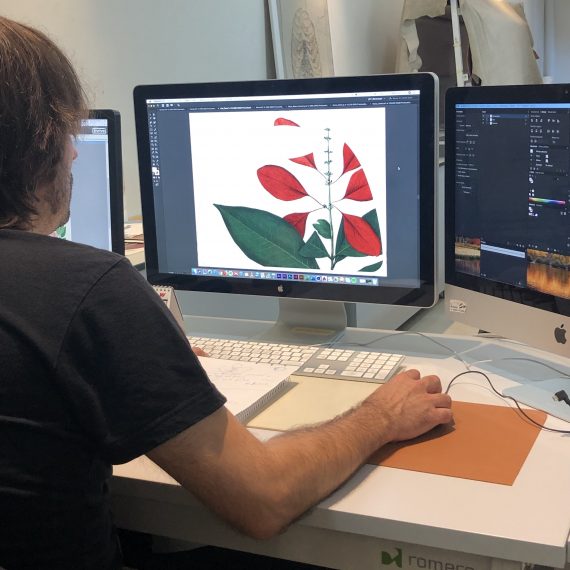
José Celestino Mutis was a Spanish priest, surgeon and botanist, Cádiz 1732- Santa Fe de Bogotá 1808 he developed most of his scientific career in the New Kingdom of Granada (now Colombia). Mutis led the longest botanical expedition organized by the Spanish Crown between the 18th and 19th centuries under the name: the Royal Botanical Expedition of the New Kingdom of Granada.
Which introduced the theories of LinNeo, the first universal language to describe and classify nature. A world reference in scientific illustration.


Botanical expedition of the new kingdom of Granada dates above. Here we will show how through the work of Mutis it is possible to establish official relationships such as art, botany, history, science and especially the leather crafts of Ubrique.

José Celestino Mutis from Cádiz was the one who introduced the theories of Linnaeus, the first universal language to describe and classify nature.

This expedition turned out to be the most expensive for the Crown of Spain, and yet it was the one that produced the fewest scientific publications. However, it was decisive for the development of culture and research in Colombia. A drawing school was created there, and numerous pen officers and herbalists were hired.
